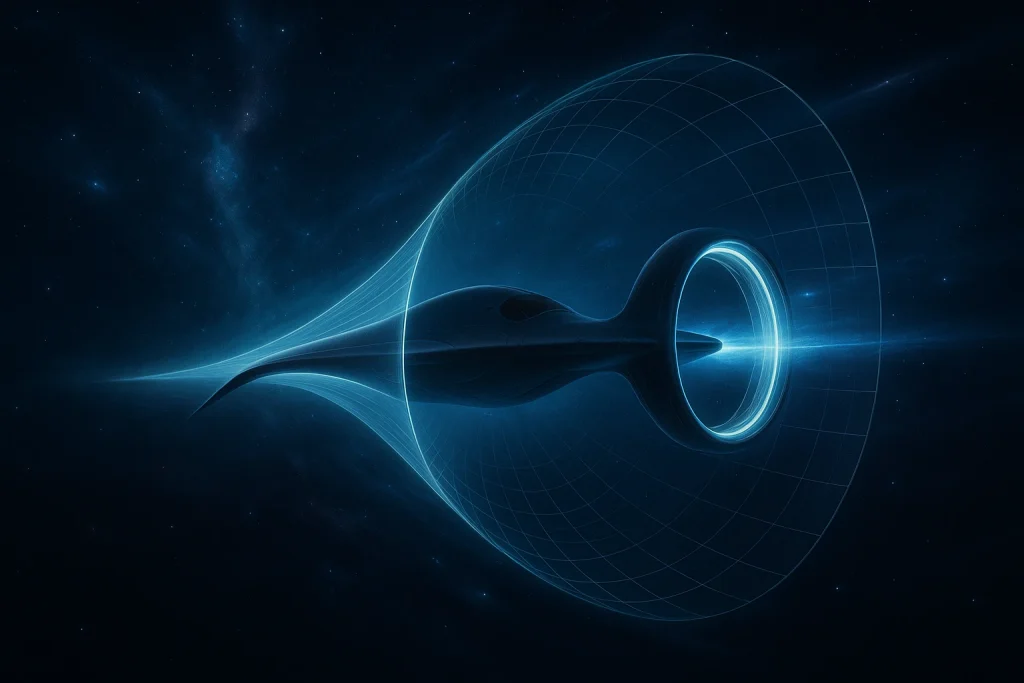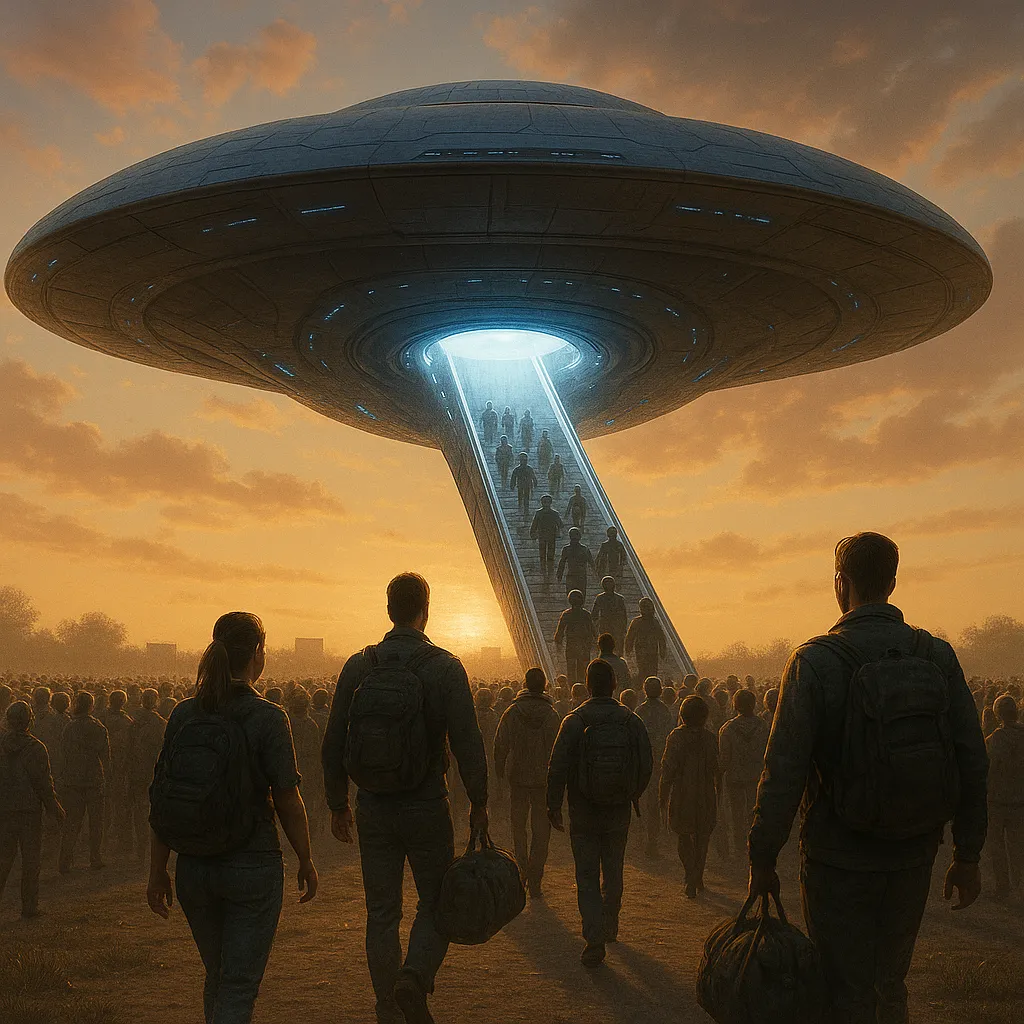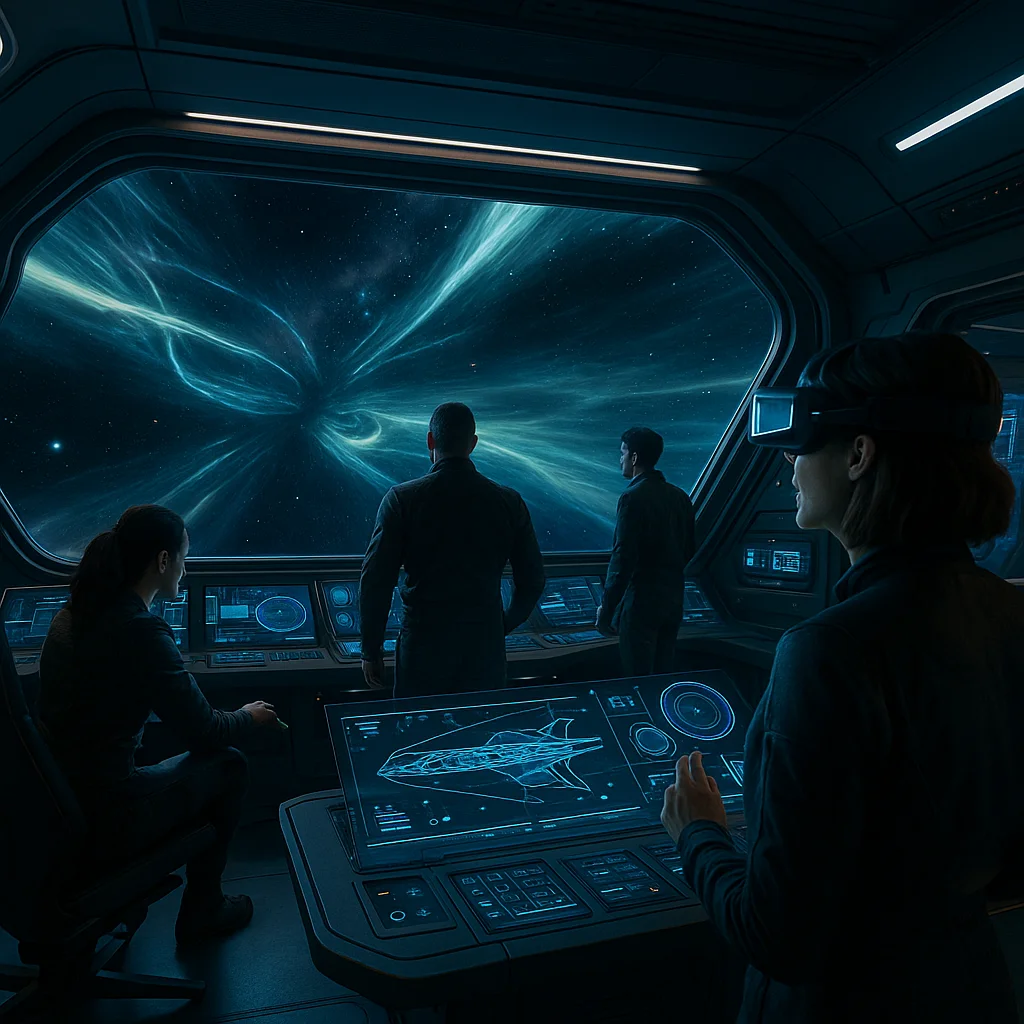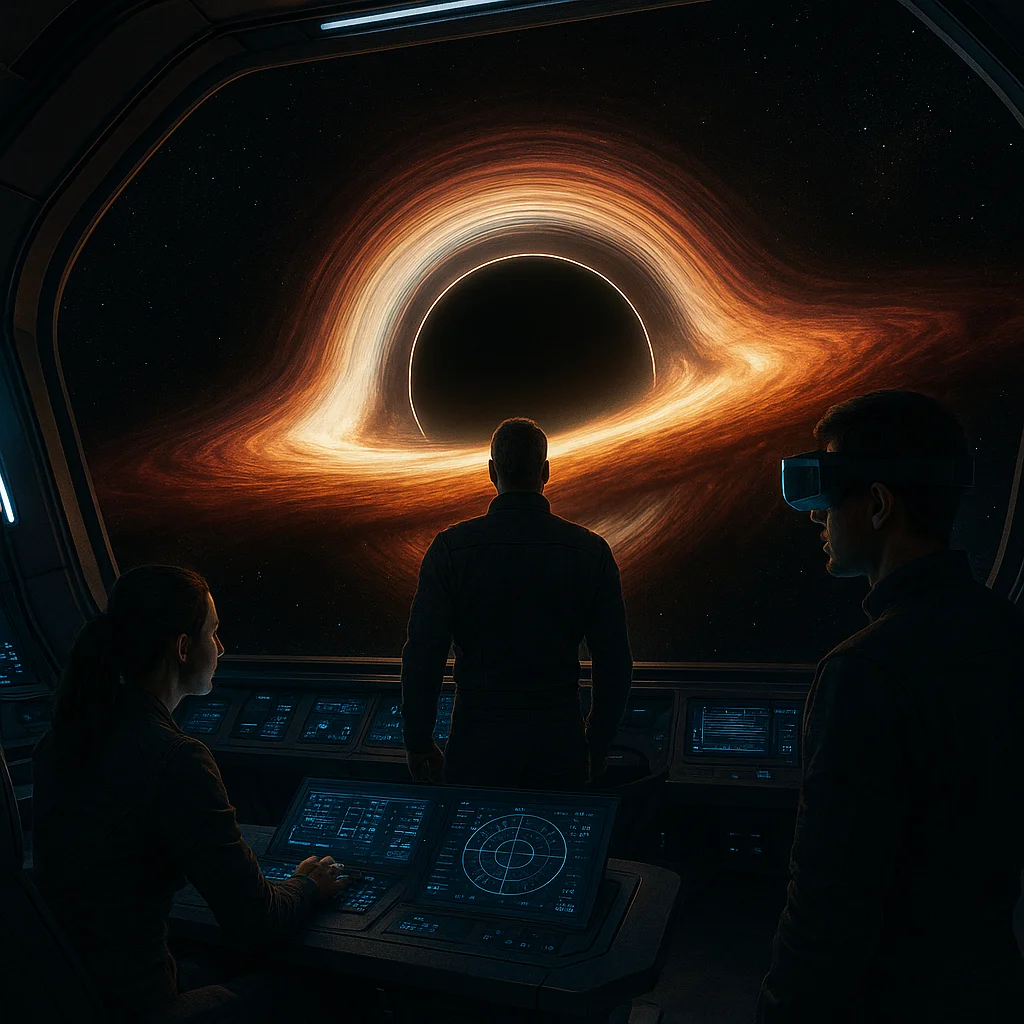Introduction
The Alcubierre Drive is a mind-bending idea that promises to take us beyond the speed of light, a dream long confined to science fiction. Proposed by physicist Miguel Alcubierre in 1994, this concept suggests we can travel faster than light by bending space-time itself. Unlike traditional rockets, it doesn’t move through space but manipulates the fabric of the universe. This article dives into how the Alcubierre Drive works, its roots in physics, and the hurdles it faces.
For centuries, humans have gazed at the stars, limited by the cosmic speed limit of 299,792 kilometers per second. The Alcubierre Drive challenges this barrier, offering a way to explore distant galaxies in a human lifetime. Imagine reaching Proxima Centauri, just 4.24 light-years away, in days instead of thousands of years. It’s a bold vision that blends Einstein’s theories with futuristic engineering.
Yet, this idea sparks debate among scientists—some see it as genius, others as fantasy. The Alcubierre Drive pushes the boundaries of what we think is possible, raising questions about energy, technology, and even time itself. Let’s explore this fascinating theory and its place in our quest to conquer the cosmos.

Theoretical Basis
The Alcubierre Drive is grounded in Einstein’s general relativity, which describes space-time as a flexible fabric influenced by mass and energy. Alcubierre’s 1994 paper proposed a solution to Einstein’s field equations that allows faster-than-light travel without violating relativity’s core principles. The ship itself stays still relative to its local space, while the surrounding space-time moves at superluminal speeds—an elegant workaround to the cosmic speed limit.
This theory depends on creating a region of space where relativity’s rules are manipulated, enabling the ship to bypass traditional motion. The mathematics behind this solution is complex, involving metrics that describe how space-time curves around the spacecraft. It’s a theoretical leap that shows general relativity permits such exotic possibilities, even if we can’t yet build them.
However, many physicists remain skeptical, arguing that the concept relies on untested assumptions about the nature of space-time. The idea has inspired discussions about the limits of physics, pushing researchers to explore new frontiers. The theoretical basis of the Alcubierre Drive keeps it alive as a topic of study, bridging physics and imagination.

How Alcubierre Drive Works
The Alcubierre Drive works by generating a warp bubble that contracts space ahead of the spacecraft and expands it behind. Inside this bubble, the ship experiences no acceleration, moving with space itself at speeds exceeding light. Picture a surfer riding a wave—the surfer doesn’t move through the water; the wave carries them. The Alcubierre Drive applies this principle on a cosmic scale, bending the universe to its will.
To create this bubble, the theory requires exotic matter with negative energy density to warp space-time. This matter would pull space in front of the ship while pushing it out behind, forming a stable wave of distorted space. The ship remains in a flat space-time pocket within the bubble, avoiding the effects of extreme speeds on passengers or structure, making the journey smooth and safe.
The potential is staggering—a bubble traveling at 10 times light speed could shrink a 4-year trip to Proxima Centauri to mere days. This method redefines space travel, focusing on manipulating the universe rather than propelling through it. The Alcubierre Drive offers a radical vision, turning light-years into manageable distances for future explorers.

Challenges and Limitations
The Alcubierre Drive faces massive hurdles, starting with the need for exotic matter, which has never been detected in significant quantities. This matter must exhibit negative energy to bend space-time, and while the Casimir effect shows traces of such energy, scaling it up could require the mass-energy of Jupiter—an impractical demand for any civilization.
Stability is another concern. The warp bubble might collapse mid-journey, or worse, emit high-energy radiation that could harm the ship and its crew. Faster-than-light travel also raises causality issues—some models suggest it could lead to time travel, creating paradoxes like altering the past, which challenges our understanding of physics.
Additionally, the energy requirements grow exponentially with speed and distance, making scalability a significant barrier. Even if we overcome these issues, the cost and risk might outweigh the benefits. The Alcubierre Drive remains a theoretical marvel, constrained by practical limits we’re yet to overcome.

Future Prospects
Despite its challenges, the Alcubierre Drive inspires ongoing research into faster-than-light travel. Scientists are exploring ways to lower the energy demands, with some suggesting quantum effects or advanced materials might make it feasible. NASA’s Eagleworks Laboratories has conducted small-scale tests, though as of 2025, no breakthroughs have been confirmed.
Emerging ideas, like using dark energy or zero-point energy, could provide new paths to harness the necessary power. If successful, this technology could enable interstellar missions, connecting humanity to distant star systems within decades. The prospect of exploring exoplanets up close keeps researchers motivated, even if the timeline stretches into the next century.
The journey ahead is long, but the Alcubierre Drive fuels optimism about humanity’s cosmic future. It challenges us to rethink space travel, potentially unlocking the stars. Whether it becomes reality or remains a thought experiment, its influence on science is profound.

Leave a Reply